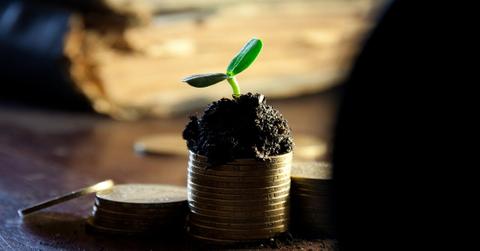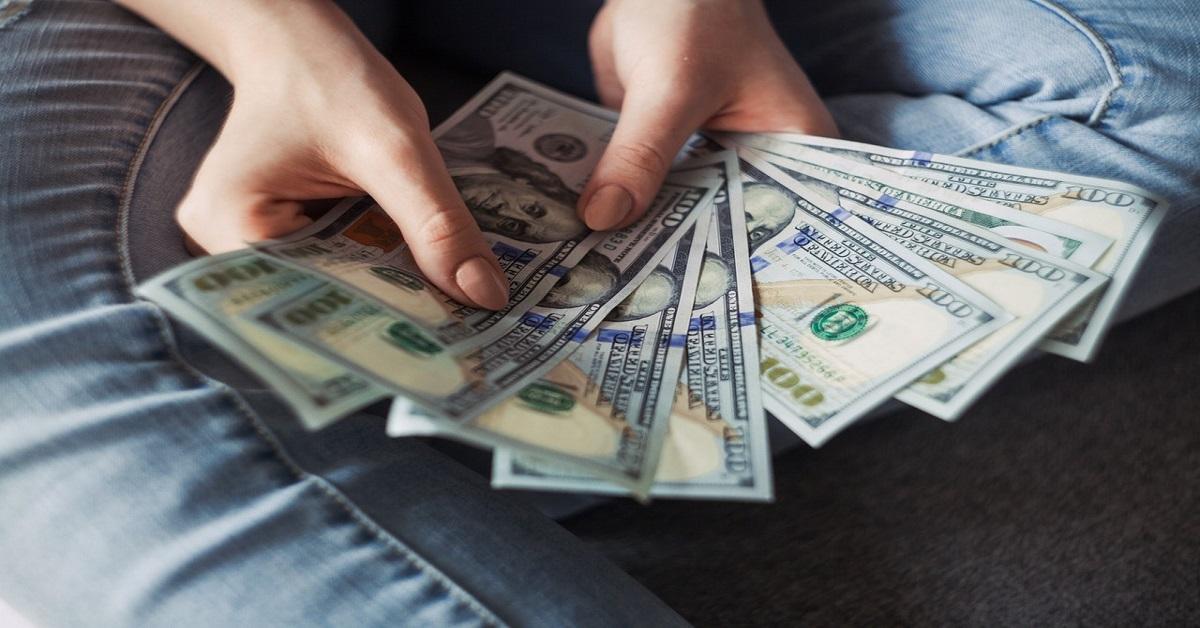How Dividends Are Calculated and Who Gets Them
Dividends are a payout that companies make from their profit pool. In this guide, we’ll look at how dividends are calculated and who receives them.
Aug. 5 2020, Updated 7:28 a.m. ET
In simple terms, dividends are a payout that companies make from their profit pool. Given the prevailing low-interest-rate environment, some investors find dividend-paying stocks attractive. In this guide, we’ll look at dividends in detail. But first, let's familiarize ourselves with some key concepts.
Companies have to make a choice about their earnings. Their choices are as follows:
- To retain their earnings. Companies can retain their earnings and use them for business expansion, to pay off debt, or add to their cash reserves. They can also look at acquisition opportunities.
- To return the money to shareholders. Shareholder returns can again be split into two categories: dividends and share repurchases.
Dividend payout ratio
The dividend payout ratio, key in dividend calculation, is the percentage of earnings a company sets aside to pay dividends. The remaining percentage is "retained earnings." For example, if a company earns $100 and sets aside $40 as dividends, its dividend payout ratio would be 40 percent. Companies generally have a range of dividend payout ratios.
Once a company finalizes its dividend, the dividend is then divided by the total number of outstanding shares to arrive at the dividend per share. For instance, if a company intends to pay $100 as dividends and there are 100 shares outstanding, the dividend per share would be $1. Treasury shares, or the shares the company owns, are not eligible for dividends.
Companies typically announce dividends in per-share terms only. For example, last month, during its fiscal 2020 third-quarter earnings release, Apple announced a quarterly dividend of $0.82 per share. The company had announced a $0.82 dividend per share in the quarter prior as well. Companies can have a quarterly or annual dividend payout policy.
Also, companies can sometimes pay a special dividend, separate from the regular dividend. Generally, companies announce such nonrecurrent dividends if they make a windfall on their asset sales. For instance, in 2018, BHP announced a special dividend after it exited its U.S. oil and gas assets.
Who gets the dividend?
Once a company announces a dividend, it's paid to all eligible shareholders. All investors who bought the stock one day before the ex-dividend date are eligible for the dividend—even if it was a few seconds before markets close. However, the stock price falls on the ex-dividend date by the amount of the dividend per share. Also, unless you hold the stock for the stipulated period, the dividend won’t be categorized as "qualified" by the taxman.
From an investor’s perspective, it's advisable to look at the dividend yield to assess dividends. The dividend yield is the dividend per share divided by the stock price. If you're investing solely for dividends and aren't concerned about capital gains, it may be better to look at stocks with high dividend yields.


